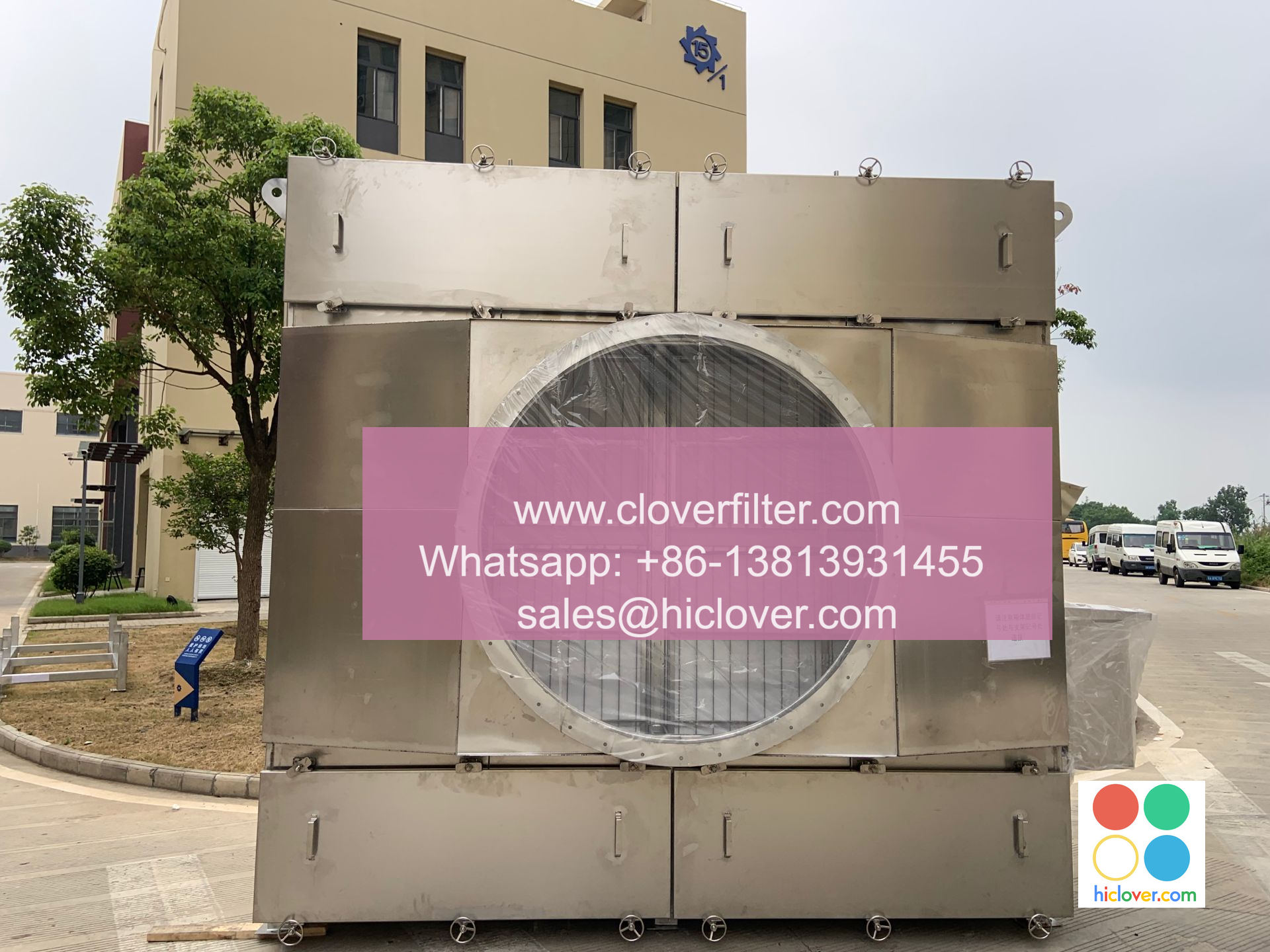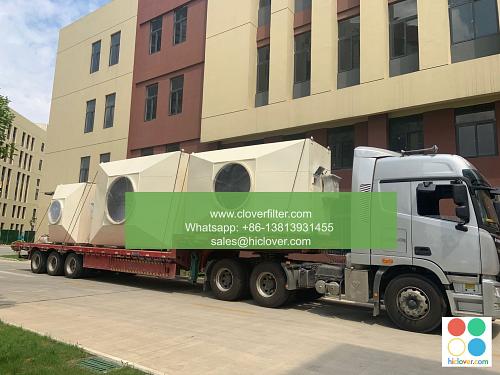Air Filtration Best Practices for Paint and Coating Operations

Air filtration is a critical aspect of paint and coating operations, as it helps to maintain a clean and safe working environment, while also ensuring the quality of the final product. In this article, we will discuss the best practices for air filtration in paint and coating operations, highlighting various application areas, including industrial air filtration, paint booth air filtration, and coating process air filtration.
Importance of Air Filtration in Paint and Coating Operations
Air filtration is essential in paint and coating operations to remove hazardous air pollutants (HAPs), volatile organic compounds (VOCs), and particulate matter (PM) from the air. These pollutants can come from various sources, including paint fumes, coating materials, and industrial processes. If not properly filtered, these pollutants can cause occupational health hazards, environmental pollution, and product quality issues.
Types of Air Filtration Systems
There are several types of air filtration systems used in paint and coating operations, including:
* HEPA filters: High-efficiency particulate air filters that can remove 99.97% of particles as small as 0.3 microns.
* Activated carbon filters: Used to remove VOCs, HAPs, and other gases from the air.
* Pre-filters: Used to remove larger particles and extend the life of the main filter.
* Cyclone separators: Used to remove particulate matter from the air using centrifugal force.
Best Practices for Air Filtration in Paint and Coating Operations
To ensure effective air filtration in paint and coating operations, the following best practices should be followed:
* Regular maintenance: Regularly inspect and maintain air filtration systems to ensure they are functioning properly.
* Proper filter selection: Select filters that are designed for the specific application and can handle the types and amounts of pollutants present.
* Adequate ventilation: Ensure that the workspace is well-ventilated to prevent the buildup of pollutants.
* Operator training: Train operators on the proper use and maintenance of air filtration systems.
Application Areas for Air Filtration in Paint and Coating Operations
Air filtration is used in various application areas in paint and coating operations, including:
* Paint booths: Air filtration is used to remove paint fumes and particulate matter from the air.
* Coating lines: Air filtration is used to remove VOCs and HAPs from the air.
* Industrial processes: Air filtration is used to remove pollutants from the air generated by industrial processes such as welding, grinding, and sandblasting.
* Laboratories: Air filtration is used to remove pollutants from the air in laboratories where paint and coating testing is conducted.
Conclusion
In conclusion, air filtration is a critical aspect of paint and coating operations, and following best practices is essential to ensure a clean and safe working environment, while also ensuring the quality of the final product. By highlighting various application areas, including industrial air filtration, paint booth air filtration, and coating process air filtration, we can see the importance of air filtration in maintaining a healthy and safe work environment, while also reducing environmental pollution and improving product quality. It seems like you didn’t provide a prompt for me to work with. Could you please share what’s on your mind or what you’d like to talk about? I’m here to help with any questions or topics you’d like to discuss!

